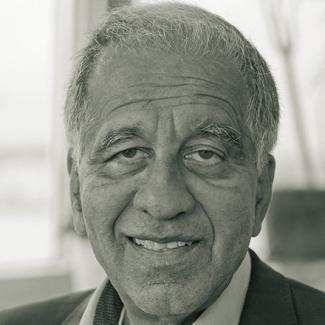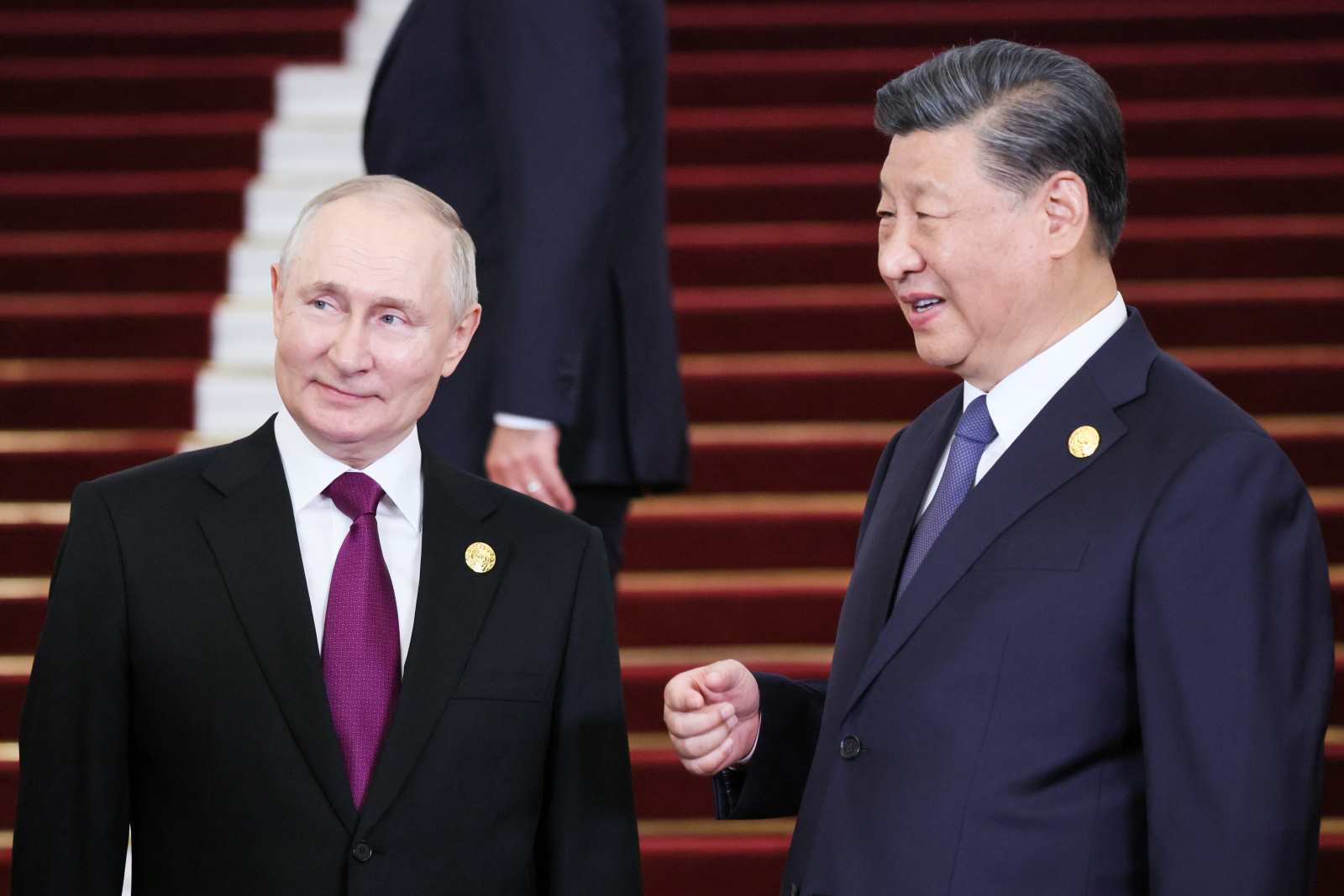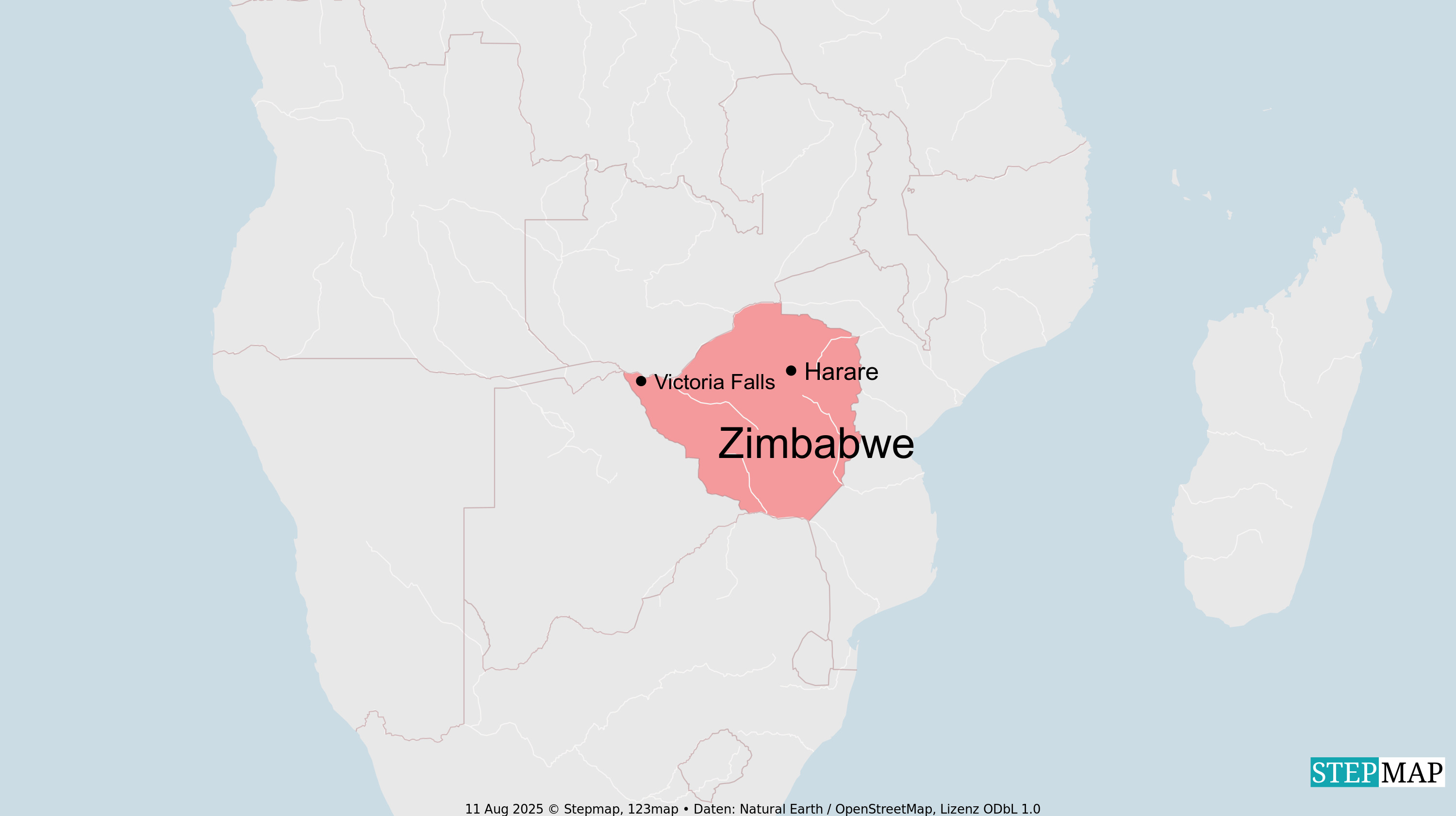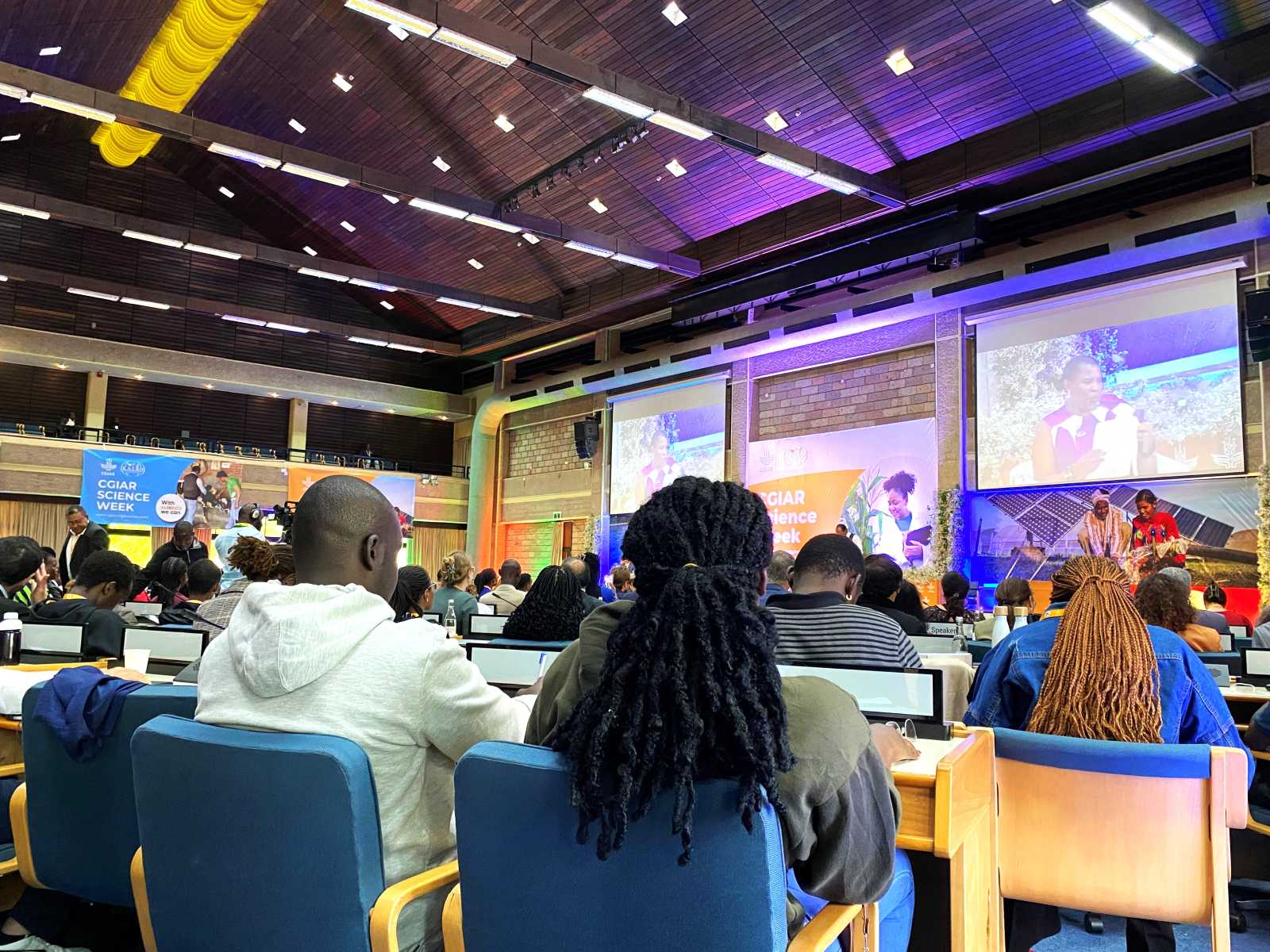International climate protection
“You cannot always wait for everyone”
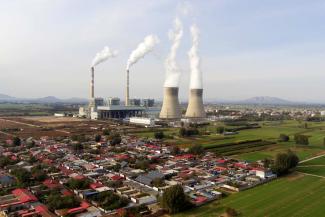
From a global perspective, 2023 was the hottest year on record. At the same time, greenhouse-gas emissions reached a new peak. What are the chances of still meeting the goals of the 2015 Paris Climate Agreement?
When you look at the geopolitical situation, the prospects are extremely poor. The climate crisis is a global problem: it is irrelevant where a gas like carbon dioxide escapes into the atmosphere – whether in Germany, China, the USA or elsewhere. It remains in the air for so long that it spreads all around the globe and has an impact everywhere. The climate problem can only be solved if all countries work together. Significantly more international cooperation is needed. Many countries’ self-interest is strong, however. If we continue down this road, we will fall spectacularly short of the Paris goals.
On the other hand, we have all opportunities to solve the climate problem, which, after all, is primarily an energy problem. We have a surplus of renewable energy, we know how to use it and we also have the money to make the necessary investments. In a world in which everyone worked together and prioritised shared interests, the problem could be solved within a few decades.
In what areas has there been global progress?
Global CO2 emissions are still growing, but not as much as they were 20 years ago. The reason could be various crises like the Covid-19 pandemic and damage to the global economy caused by conflicts like the war in Ukraine. But climate-protection measures likely contributed at least somewhat. Something has happened, though not nearly enough. During the Covid-19 pandemic, we had the sharpest decline in global emissions since the end of World War II. However, it had hardly any impact on the CO2 content in the atmosphere, which simply continues to rise. We have to get down to a fraction of today’s emissions. It is a Herculean task. Current efforts are completely inadequate. The question is whether one should speak of efforts at all, or rather of refusal.
At the latest climate summit in Dubai in December 2023, financing was provided for the first time for the new loss and damage fund. A decision was also taken to move away from fossil fuels. Isn’t that progress?
I do not understand why that was so celebrated in the media. The results of the summit are completely unacceptable. Much more needs to be done, including more support for poorer countries. The summit in Dubai was the twenty-eighth world climate conference. Since the first conference in 1995, global CO2 emissions have exploded. You have to honestly ask: what is the point of these conferences?
With regard to CO2 emissions, they are obviously not productive. It is positive though that they keep drawing the world’s attention to the climate issue. Moreover, poor countries have a voice there. The 1.5-degrees Celsius goal was incorporated into the Paris Climate Agreement not least because small island countries insisted on it. I do not think that goal makes sense, however, because I believe it is unattainable. If it becomes clear that a target will not be met, many people will become frustrated.
If the escalation of the climate crisis can hardly be avoided now, should more funding go to adaptation?
The main goal of the Paris Climate Agreement is to stay well below 2 degrees Celsius of warming compared to pre-industrial times, which is still possible. The world urgently needs to reduce CO2 emissions. We do not know what exactly will happen at, say, 1.9 degrees Celsius. The Earth system is too complex. The limit of predictability is one of three limits I describe in my book “Countdown”, with reference to the report “Limits to Growth” published by the Club of Rome. The second is the limit of adaptability. How can a country adapt to extreme events like the catastrophic flooding in Pakistan in 2022? It’s not possible. Third: the limit of financing. How can all of this be paid for, if even a rich country like Germany is reaching its financial limit? Other countries have much less leeway in their budgets.
It is clear that rich industrialised countries have a particular responsibility to uphold with regard to climate protection.
Germany and, to a lesser extent, the USA are among the countries that have lowered their emissions. However, they still emit too much and are responsible for a significant amount of historical emissions. Those of us in industrialised countries have to better understand that the climate crisis affects us too. It is foreseeable that countries will no longer be able to adequately compensate people following major climate catastrophes. That could cause enormous social tensions. Our economic and political system is on the line. Policymakers and citizens have not yet fully comprehended how explosive the situation could become.
Is that also true on a global scale?
Of course. The numbers paint a clear picture. Usually we talk about emissions, but what is really at issue is the CO2 content in the atmosphere. And that is rising steeply year after year. This fact is hardly ever mentioned. Policymakers often give the impression that it would be enough to simply fly a little less and transition to electric vehicles. But we need systemic changes.
What role do the BRICS countries play – Brazil, Russia, India, China and South Africa, which expanded their circle last year and now also include oil-rich states?
They are essential to curbing global warming. However, Russia lives off fossil fuels, and I doubt that Vladimir Putin can be convinced to phase them out. China is now the largest emitter of CO2. The country emits a good eight tonnes of CO2 per capita per year, about as much as Germany and more than the EU average. Nevertheless, China does not seem prepared to reduce its emissions in the coming years. Despite a weakening economy, they grew in 2023 compared to the previous year.
India, the most populous country on Earth, still has extremely low per-capita emissions of about two tonnes of CO2 per year. If India follows the same path to development as China, it would be a catastrophe. And we also must not forget that Africa has not even started yet.
Autocratic regimes have a considerable share of global CO2 output. Recent history has shown, however, that they are largely unwilling to cooperate on environmental and climate protection. The major challenge is to convince them to change that.
How could that be done?
There must be an alliance of the willing. The countries that are serious about climate protection should go ahead and create their own economic area with strict sustainability criteria. The EU can serve as an example. You cannot always wait for everyone.
Is that realistic? Sustainability can be very expensive, and there would be significant competitive disadvantages.
Protective duties and similar instruments must be discussed. But if this economic area were to be successful, others might join quickly. We need the courage now to shape the future.
What do you think about the future of low-income countries?
These countries want to develop, and rightly so. We have to find models in which they work with industrialised countries to try to do so sustainably. In the end, industrialised countries have to pay for it. Otherwise, we should expect that emerging countries will develop like industrialised countries once did, or like China has done more recently: with fossil fuels.
Given the rising concentration of CO2 in the atmosphere, there is discussion about capturing the greenhouse gas and storing it underground (Carbon Capture and Storage – CCS). In Germany, even environmental organisations are divided on this issue: some are in favour, while others see incalculable risks.
I would not like to make a wager like that on the future. While CCS projects are already being conducted, for instance in Norway, to date, there is no technology that could be applied risk-free on a large scale. We need to do more research in this area. But relying completely on it at the present time would be irresponsible towards future generations. I have the impression that many people simply do not want to phase out fossil fuels and see this technology as a lifeline. The safest path, however, is to not emit CO2 in the first place.
Literature
Latif, M., 2022: Countdown. Unsere Zeit läuft ab – was wir der Klimakatastrophe noch entgegensetzen können (“Our time is running out – what we can still do to counter the climate catastrophe”, in German only). Freiburg, Herder.
Mojib Latif is a meteorologist and senior professor at the Christian-Albrecht University of Kiel (CAU) and at the GEOMAR Helmholtz Centre for Ocean Research Kiel.
mlatif@geomar.de
